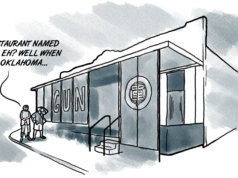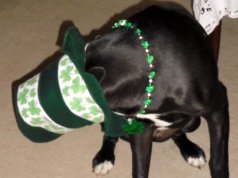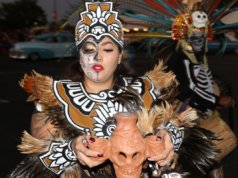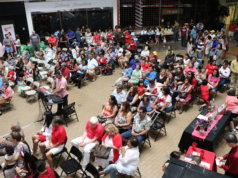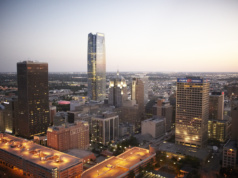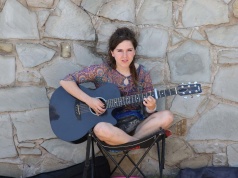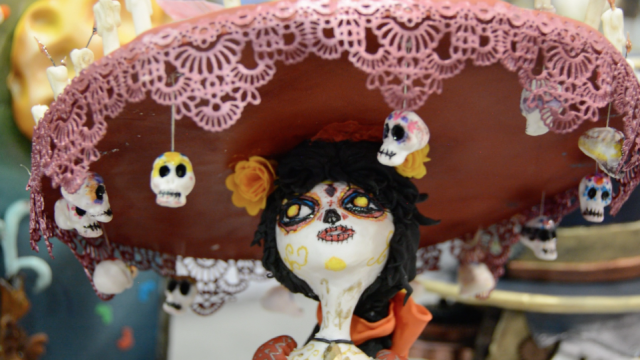

Pedrito Haro remembers the sound of gunshots going off during mass. Every year for Dia de los Muertos, in his native home of La Yesca, Nayarit, Haro’s priest would pause his service.
“Load your guns,” Haro said the priest would say.
Dia de los Muertos
Today
6 p.m. to 8 p.m. at Plaza Mayor: Safe trick-or-treating, costume contest for children up to 12 years.Sunday
1 p.m. to 7 p.m. at Plaza District: Day of the Dead Festival featuring dance performances, chalk art show, face painting, art show, movie marathon, La Catrina procession, skull mask creation and music performances.1:30 p.m. to 6 p.m. at Plaza Mayor: Aztec dancing, candy skull painting, mariachi music and La Catrina fashion show.
4 p.m. to 10:30 p.m. at Lloyd Noble Center: OU Day of the Dead Street Festival featuring candy skull painting, carnival rides, food trucks, traditional dances, face painting, llama petting zoo, altar competition and music from Grammy Award nominee EL DASA.
Monday
6 p.m. to 10 p.m. at Casa de los Milagros: Festival featuring food, altars, La Catrina competition and music.
The parishioners would proceed to fire their guns in the air. The priest believed this ritual honored the dead, but Haro didn’t understand the purpose.
“The priest would call out people if they didn’t load their guns, asking them if they really were remembering the dead,” said Haro.
For Haro’s native community, this was tradition.
Dia de los Muertos, or Day of the Dead, is celebrated throughout Latin America on Nov. 2. The holiday combines remembrance of the dead with the celebration of life. Traditions vary by region but usually include face painting, music and food or simply visiting the tombs and graves of loved ones.
For many, Dia de los Muertos is an opportunity to celebrate culture. In northern Mexico, people visit their loved ones’ tombs, clean the area and place a crown at the site. In the southern region, indigenous traditions are more common, and much-anticipated colorful celebrations are typical.
Altars or “ofrendas” are made to honor the dead. The altar is placed on a table with a beautifully colored tablecloth draped around it. Within the altar, candles, flowers and mounds of fruit are placed. A sweet roll draped with sugar or anise seeds, known as Pan de Muerto, is placed on the altar. Pan de Muerto, or the Bread of the Dead, is sold at Mexican bakeries in the days leading up to the holiday.
Other traditions include dressing up in traditional folkloric clothing and skeleton make-up. Many people dress us as La Calavera Catrina. Catrina, also known as “dapper skeleton” or “elegant skull,” comes from a zinc etching by Mexican printmaker Jose Guadalupe Posada. The image depicts a female skeleton dressed in a hat and wearing a European outfit. For many, the portrait shows the adaption Mexicans underwent during the adoption of European traditions.
For San Luis Potosi-native Jose Campos, Dia de los Muertos means taking his loved ones at the cemetery music, food and flowers.
“We clean their tombstone and then give them bananas, mangos and, of course, beer,” he said.
Margarita Jimenez, of the Mexican state of Jalisco, does not celebrate Dia de los Muertos with food and music, but rather through prayer and going to church.
“Many people in my hometown bake the favorite food of their dead relative, set it out on the table for All Saints’ Day, leave it overnight,” she said. All Saints’ Day is Nov. 1.

People believe their loved one(s) will return at night and eat the food. Whatever food is left the next morning, the family gets to enjoy during Day of the Dead.










